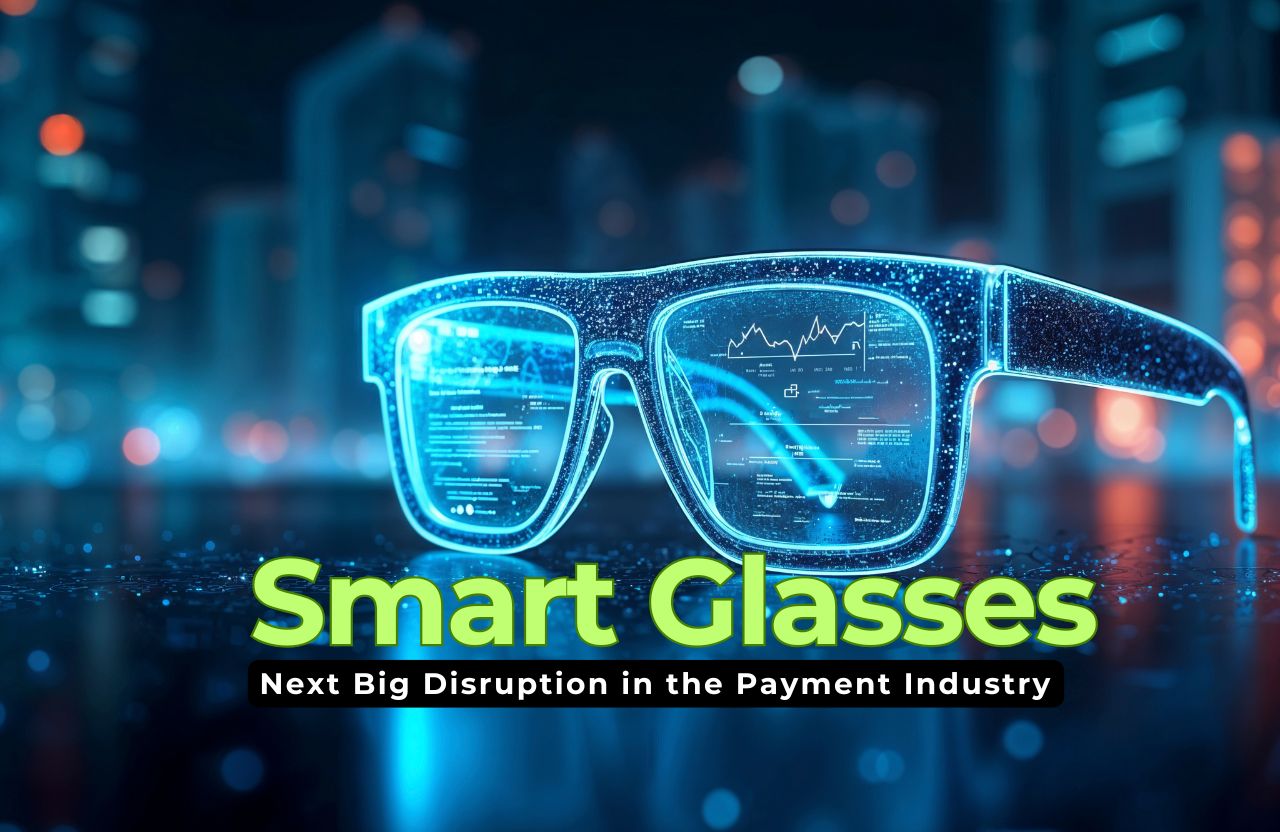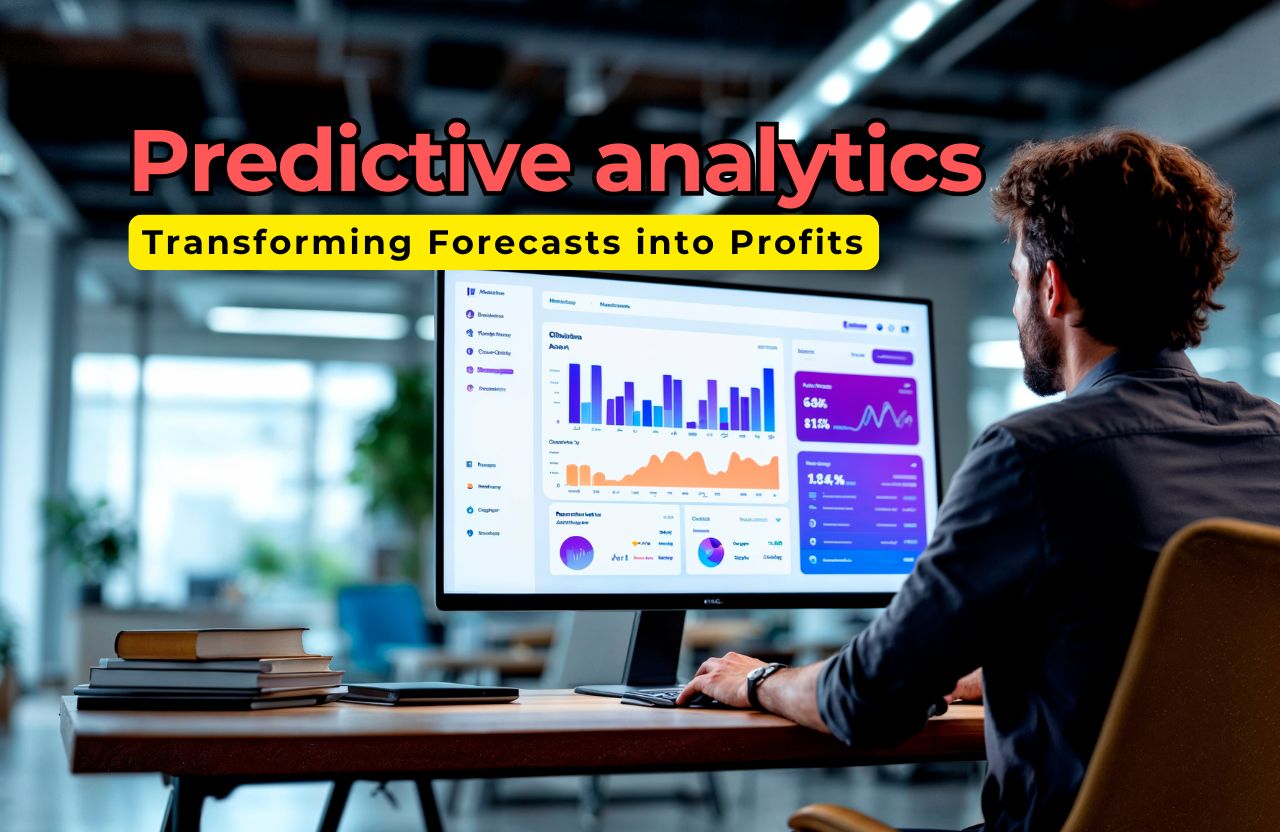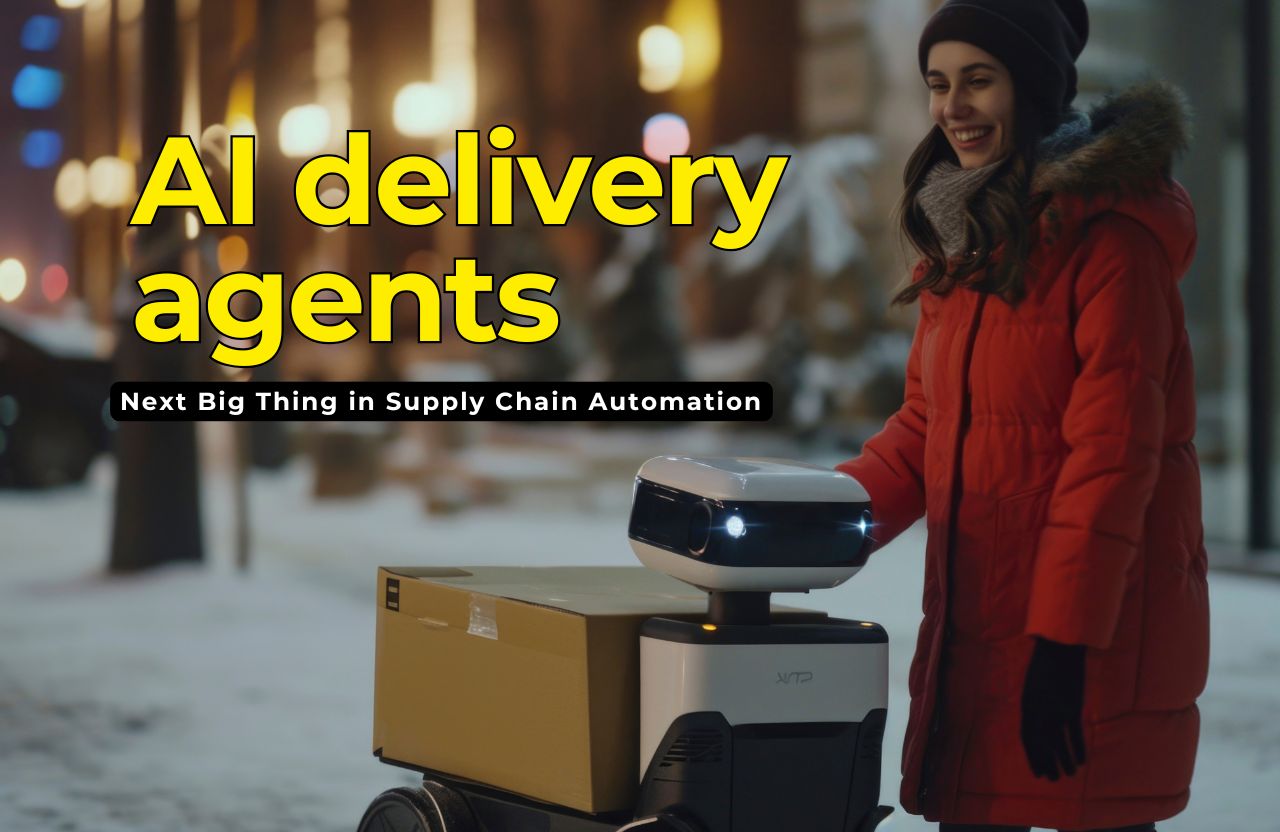In the dynamic world of logistics and supply chain management, efficiency is not just a goal—it’s a necessity. Businesses across the globe are under increasing pressure to deliver goods faster, more accurately, and with minimal cost. Traditional systems, once the backbone of global trade, are now struggling to keep up with demand. This is where AI delivery agents come into play, emerging as a revolutionary force poised to redefine the future of supply chains.
With the global logistics and supply chain market projected to exceed $13 trillion by 2027, according to multiple industry reports, companies are now looking toward AI-driven solutions to automate complex tasks, reduce human errors, and achieve real-time optimization. Among the most disruptive technologies leading this change are AI delivery agents—autonomous, intelligent systems capable of managing end-to-end delivery operations.
This blog dives deep into what makes AI delivery agents the next big thing in supply chain automation, how they function, and why businesses should start investing in this transformative technology today.
Understanding AI Delivery Agents: A New Breed of Intelligence
An AI delivery agent is a software or machine-based system designed to independently manage the logistics of goods from one point to another. These agents can exist in different forms—software bots managing digital delivery, physical robots handling warehouse logistics, or autonomous vehicles transporting packages. What unites them is their ability to learn, adapt, and optimize without constant human intervention.
These agents rely on artificial intelligence models, machine learning algorithms, and sensor-based navigation to make real-time decisions. Their goal? Minimize delays, reduce operational costs, and increase customer satisfaction.
Unlike traditional automation systems that follow rigid scripts or pre-set rules, AI delivery agents are capable of adapting to changing conditions—like traffic jams, weather changes, or route modifications—on the fly. This flexibility makes them invaluable in the fast-paced world of supply chain logistics.
Key Drivers Behind the Rise of AI Delivery Agents
1. E-commerce Boom and Changing Consumer Expectations
With global e-commerce sales expected to hit $7 trillion by 2025, customer expectations are also evolving. Shoppers now demand faster, more transparent delivery options. Same-day and even one-hour delivery windows are no longer exceptional—they are becoming the norm.
To meet these demands, companies need more than just a workforce. They need intelligence, automation, and scalability. AI delivery agents fit this requirement perfectly, providing continuous, optimized service that never sleeps or slows down.
2. Labor Shortages and Rising Costs
One of the most pressing issues in logistics is the shortage of skilled workers. Combined with rising labor costs, this has led companies to seek alternatives that can handle repetitive or hazardous tasks.
AI delivery agents can work 24/7 without breaks or shifts, eliminating many of the human limitations in traditional delivery models. Over time, their use can significantly reduce the cost per delivery while maintaining high levels of precision and speed.
3. Technological Maturity
AI technology has evolved dramatically over the past decade. The ability of machines to understand natural language, navigate complex environments, and make decisions based on data has become highly advanced.
Moreover, the availability of edge computing and cloud-based analytics has enabled even remote or mobile AI agents to operate with high efficiency. These technologies are now affordable and accessible, making the deployment of AI delivery agents practical for even mid-sized businesses.
How AI Delivery Agents Are Transforming Supply Chain Operations
1. Real-Time Route Optimization
AI delivery agents can analyze live traffic data, road closures, and delivery schedules to select the most efficient routes. This dynamic routing not only saves fuel and time but also ensures timely deliveries, which enhances customer satisfaction.
2. Warehouse Automation and Last-Mile Delivery
In warehousing, AI-powered robots and agents can sort, retrieve, and pack goods at lightning speeds. These agents can communicate with each other to optimize space, avoid collisions, and adapt to sudden influxes in demand.
In the last-mile delivery phase—the most costly and complex part of the supply chain—AI agents bring automation and predictability. Whether it’s navigating urban landscapes or rural terrains, they can deliver packages autonomously while constantly adapting to real-world obstacles.
3. Predictive Maintenance and Self-Repair Capabilities
AI delivery agents can monitor their own operational health and detect wear or potential faults before they become critical. This leads to less downtime and fewer delays, which is crucial in large-scale delivery systems.
4. Demand Forecasting and Inventory Management
AI agents can also interface with procurement and inventory systems to ensure that goods are ordered, stocked, and replenished based on predicted demand. These systems take into account seasonal trends, purchase history, and real-time data to prevent both understocking and overstocking.
Real-World Applications and Early Adoption
While AI delivery agents are still an emerging technology, their adoption is rapidly gaining pace across different sectors. Retailers, logistics providers, food delivery platforms, and even healthcare organizations are experimenting with AI delivery agents to reduce manual intervention and speed up processes.
A recent industry survey indicated that more than 60% of logistics executives plan to invest in autonomous delivery technologies over the next three years. This includes both software-based agents and physical delivery robots or drones.
In smart cities, these agents are already being used to deliver food, medicines, and online purchases, often beating human couriers in both time and accuracy.
Environmental Benefits of AI Delivery Agents
Sustainability is no longer optional—it is a business imperative. AI delivery agents contribute to eco-friendly logistics in several ways:
- Reduced fuel usage: Optimized routes mean fewer emissions.
- Electric and low-energy vehicles: Many AI-powered agents run on electricity or solar power, reducing carbon footprints.
- Smaller delivery vehicles: Compact autonomous delivery bots are better suited for congested urban areas, reducing traffic and emissions.
In a world where businesses are being held accountable for their environmental impact, these benefits can’t be overlooked.
Challenges and Ethical Considerations
As with any transformative technology, the rise of AI delivery agents also raises certain challenges and ethical concerns:
1. Job Displacement
While automation boosts efficiency, it can also result in job losses, especially in roles involving routine tasks. Businesses must ensure retraining programs and upskilling initiatives for affected employees.
2. Data Privacy and Security
AI delivery agents rely on massive amounts of data to function effectively. Safeguarding this data from breaches is critical to maintaining trust and compliance with regulations.
3. Technical Limitations and Reliability
Despite significant advancements, AI systems are not immune to errors. Ensuring redundancy and human oversight—especially during early adoption—is necessary to avoid costly mistakes.
4. Regulatory Frameworks
Autonomous agents, especially physical ones like drones or self-driving delivery vehicles, often operate in a grey regulatory area. Governments and industries must work together to develop clear guidelines and ensure public safety.
What the Future Holds
The future of AI delivery is deeply intertwined with the evolution of smart logistics, autonomous systems, and intelligent infrastructure. As cities become more connected and 5G and IoT technologies expand, AI agents will become even more capable, responsive, and integrated.
Key future trends include:
- Swarm AI systems: Multiple agents working together in coordination, like ants in a colony, to manage complex delivery networks.
- Hyper-personalized delivery: AI agents will use customer preferences, routines, and real-time availability to deliver packages at the most convenient times and locations.
- Global adoption: Emerging markets, once slower to adopt cutting-edge tech, will leapfrog into AI delivery systems due to lower infrastructure legacy costs.
Conclusion: Time to Act Is Now
AI delivery agents are not just a futuristic concept—they are the next step in the evolution of supply chains. As market forces, technological advancements, and customer expectations converge, businesses that fail to adopt these intelligent agents risk falling behind.
Investing in AI delivery solutions today means building a smarter, more resilient, and future-ready supply chain. The change won’t happen overnight, but the foundations are already being laid. The question is no longer if AI delivery agents will dominate supply chain automation, but when—and whether your business will be ready when that day comes.













